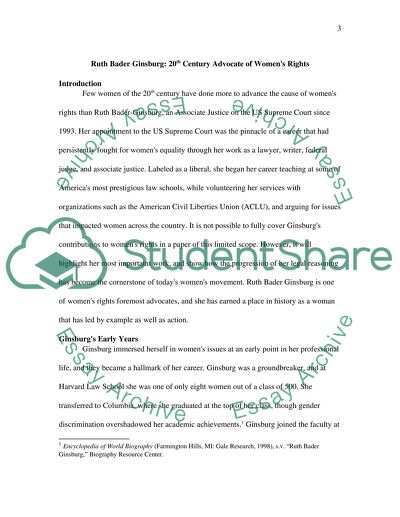Cite this document
(“Ruth Bader Ginsburg Essay Example | Topics and Well Written Essays - 1500 words”, n.d.)
Ruth Bader Ginsburg Essay Example | Topics and Well Written Essays - 1500 words. Retrieved from https://studentshare.org/miscellaneous/1531949-ruth-bader-ginsburg
Ruth Bader Ginsburg Essay Example | Topics and Well Written Essays - 1500 words. Retrieved from https://studentshare.org/miscellaneous/1531949-ruth-bader-ginsburg
(Ruth Bader Ginsburg Essay Example | Topics and Well Written Essays - 1500 Words)
Ruth Bader Ginsburg Essay Example | Topics and Well Written Essays - 1500 Words. https://studentshare.org/miscellaneous/1531949-ruth-bader-ginsburg.
Ruth Bader Ginsburg Essay Example | Topics and Well Written Essays - 1500 Words. https://studentshare.org/miscellaneous/1531949-ruth-bader-ginsburg.
“Ruth Bader Ginsburg Essay Example | Topics and Well Written Essays - 1500 Words”, n.d. https://studentshare.org/miscellaneous/1531949-ruth-bader-ginsburg.


